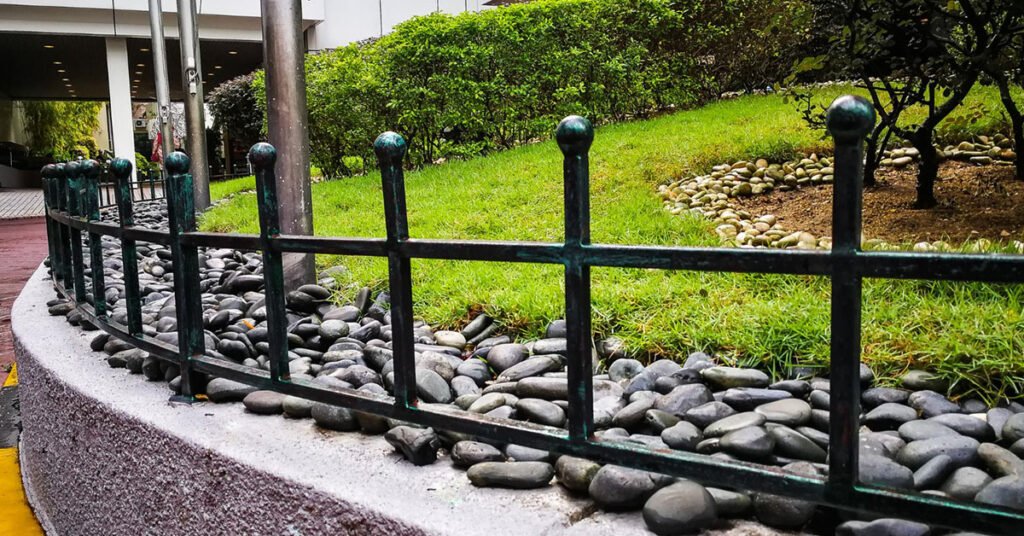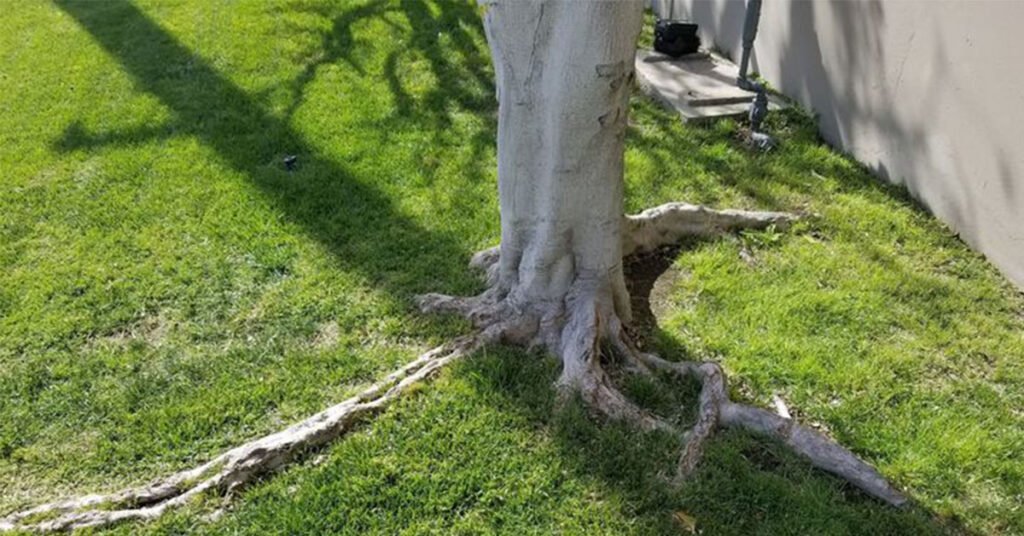Landscaping a sloped backyard presents unique challenges but also offers opportunities to create stunning, multi-dimensional outdoor spaces. For those aspiring to start a career in the landscaping industry, mastering the art of transforming sloped terrains can set you apart from the competition. This comprehensive guide will walk you through the steps and considerations necessary to landscape a sloped backyard effectively.
What is Slope Backyard?
Before diving into the design and execution, it’s crucial to understand the specifics of the slope you’re working with.
- Measure the Slope: Determine the degree of the slope by measuring the vertical rise over the horizontal run. This will help you decide on the best landscaping techniques.
- Analyze Soil and Drainage: Slopes can cause water runoff issues, leading to erosion. Test the soil to understand its composition and drainage capabilities.
Planning Your Design
Creating a detailed plan is essential for any landscaping project, especially on a slope.
- Create Terraces: Terracing is a popular method for managing slopes. It involves creating flat areas or steps on the slope, which can be used for planting or seating.
- Select Suitable Plants: Choose plants that thrive in your region and are well-suited for slopes. Deep-rooted plants can help prevent erosion.
- Incorporate Pathways: Design pathways that allow easy access across the slope. Use materials like stone, gravel, or wood to create durable and aesthetically pleasing paths.
Building Terraces
Terracing helps in creating usable space and controlling erosion.
- Mark the Terrace Lines: Use stakes and string to mark out where each terrace will be. Ensure they are level and evenly spaced.
- Build Retaining Walls: Construct retaining walls using materials like stone, concrete, or wood. These walls hold back the soil and create flat areas.
- Backfill and Compact Soil: Once the retaining walls are in place, backfill the terraces with soil. Compact the soil to create a stable planting surface.
Selecting and Planting Vegetation
Choosing the right plants is crucial for a successful sloped landscape.
- Ground Covers: Ground cover plants, like creeping juniper or vinca minor, help prevent erosion and provide a lush, green appearance.
- Shrubs and Trees: Plant shrubs and trees with deep roots to stabilize the soil. Consider plants like lavender, barberry, or small ornamental trees.
- Perennials and Annuals: Mix perennials and annuals for year-round color and interest. Daylilies, hostas, and geraniums are excellent choices.
Managing Water Runoff
Proper water management is essential to prevent erosion and ensure plant health.
- Install Drainage Systems: French drains, dry wells, or swales can help manage water runoff and prevent erosion.
- Use Mulch: Mulching around plants helps retain moisture and reduces erosion.
- Rain Gardens: Consider creating a rain garden in a low area of the slope to capture and filter runoff water.
Adding Functional and Aesthetic Elements
Enhancing the usability and beauty of your sloped backyard can transform it into a functional outdoor space.
- Seating Areas: Incorporate seating areas on flat terraces. Use benches, chairs, or even built-in seating made from stone or wood.
- Water Features: A waterfall or small stream can add visual interest and a soothing sound element.
- Lighting: Install outdoor lighting along pathways and around key features to enhance safety and aesthetics.
Maintaining Your Sloped Landscape
Regular maintenance ensures the longevity and beauty of your landscape.
- Monitor Erosion: Regularly check for signs of erosion and take corrective actions as needed.
- Prune and Trim: Keep plants healthy and attractive by pruning and trimming regularly.
- Weed Control: Weeds can be more challenging on slopes, so stay vigilant and remove them promptly.
Professional Tips for Aspiring Landscapers
- Stay Educated: Continuously update your knowledge on the latest landscaping techniques and trends.
- Use Quality Materials: Invest in high-quality materials for durability and better results.
- Build a Portfolio: Document your projects with before and after photos to showcase your skills to potential clients.
Read More: How to Install Landscape Ties
Conclusion
Landscaping a sloped backyard requires careful planning, creativity, and the right techniques. By understanding the slope, planning effectively, and selecting appropriate plants and materials, you can transform a challenging terrain into a beautiful, functional outdoor space. As an aspiring landscaper, mastering these skills will not only enhance your expertise but also set you on a path to a successful career in the landscaping industry.



